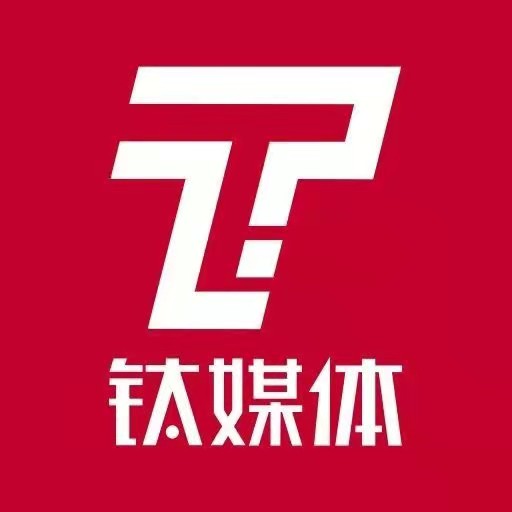
The chip will be based on Nvidia ’ s latest Blackwell architecture and is tentatively referred to as the B30A, the report said.
The development comes after U.S. President Donald Trump recently indicated that more advanced Nvidia chips could potentially be sold in China. However, sources cautioned that regulatory approval is far from certain, given ongoing concerns in Washington about granting China access to cutting-edge artificial intelligence technology.
Unlike Nvidia ’ s flagship B300 accelerator card, which uses a dual-die configuration, the new B30A will employ a single-die design, delivering roughly half the raw computing power of the dual-die model. Single-die chips consolidate all primary components onto a single piece of silicon, simplifying manufacturing.
The B30A is expected to include high-bandwidth memory and Nvidia ’ s NVLink technology, enabling faster data transfer between processors — features similar to those found in the H20, which is based on the older Hopper architecture. While specifications are not yet final, Nvidia plans to begin delivering samples to Chinese clients for testing as early as next month, the sources said.
In a statement, Nvidia emphasized that its product roadmap is designed to comply with government regulations: "We evaluate a variety of products for our roadmap, so that we can be prepared to compete to the extent that governments allow. Everything we offer is with the full approval of the applicable authorities and designed solely for beneficial commercial use."
China, which accounted for 13% of Nvidia ’ s revenue in the last fiscal year, remains a focal point in the U.S.-China tech and trade tensions. Nvidia received clearance in July to resume H20 sales — a model developed specifically for China following export restrictions in 2023 — but was abruptly ordered to halt sales in April.
Trump suggested last week that Nvidia might be allowed to sell a scaled-down version of its next-generation chip in China as part of an agreement requiring Nvidia and AMD to share 15% of revenue from certain advanced chip sales in China with the U.S. government. He indicated that the upcoming chip could operate at 30% to 50% lower computing power than the U.S. flagship models, noting that the H20 was "obsolete."
U.S. lawmakers from both parties have voiced concerns that even a reduced version of Nvidia ’ s AI chips could undermine America ’ s leadership in artificial intelligence. Nvidia and other industry players argue that retaining Chinese customers is critical to prevent developers from switching entirely to alternatives, including those offered by Huawei.
Huawei has made significant progress in AI chip design, with some models approaching Nvidia ’ s performance in certain areas. However, analysts note the company still lags in software ecosystem support and memory bandwidth capabilities.
Nvidia faces additional hurdles in China. Recent reports from Chinese state media have raised security concerns about the H20, warning local tech firms about potential risks. Nvidia has dismissed these claims, stating its chips do not contain any backdoors.
The company is also preparing to launch another China-specific chip for AI inference tasks, based on the Blackwell architecture. This chip, currently known as the RTX6000D, is expected to be less powerful and cheaper than the H20. It is designed to comply with U.S. export thresholds, using conventional GDDR memory and featuring a memory bandwidth of 1,398 gigabytes per second, just below the 1.4 terabyte limit that led to the initial H20 ban.
According to sources, Nvidia plans to deliver small batches of the RTX6000D to Chinese clients in September, allowing developers to test the chip under local conditions.
These developments underscore Nvidia ’ s strategic balancing act: maintaining access to China, a significant market, while complying with U.S. export controls and addressing geopolitical and security concerns. With AI adoption accelerating globally, securing a foothold in China is crucial for Nvidia to sustain its software ecosystem and retain developers using its AI platforms.
As Nvidia rolls out the B30A and RTX6000D, the next few months will be closely watched by investors and policymakers alike, highlighting the intersection of technology, geopolitics, and market strategy in the global AI chip industry.
